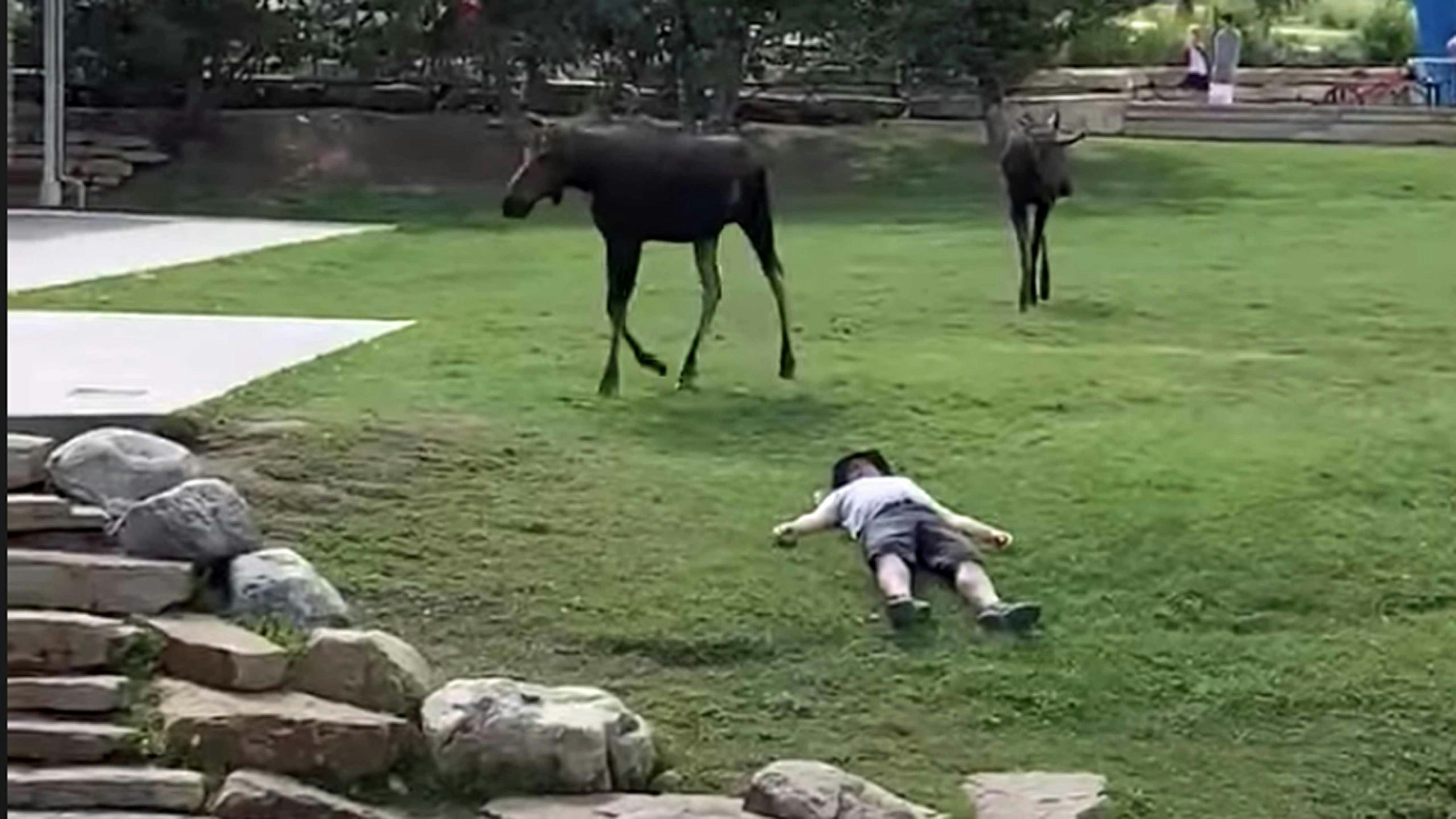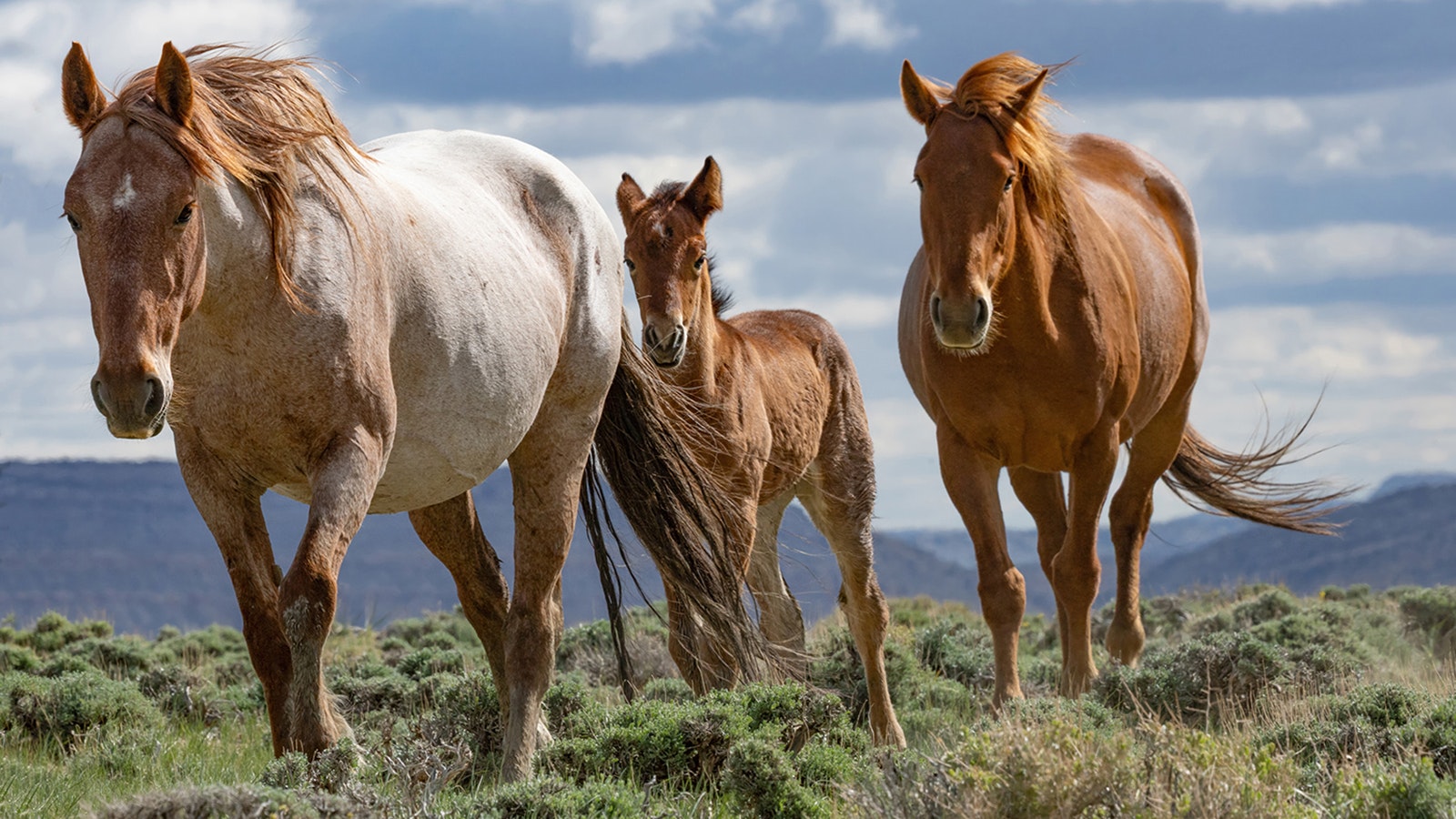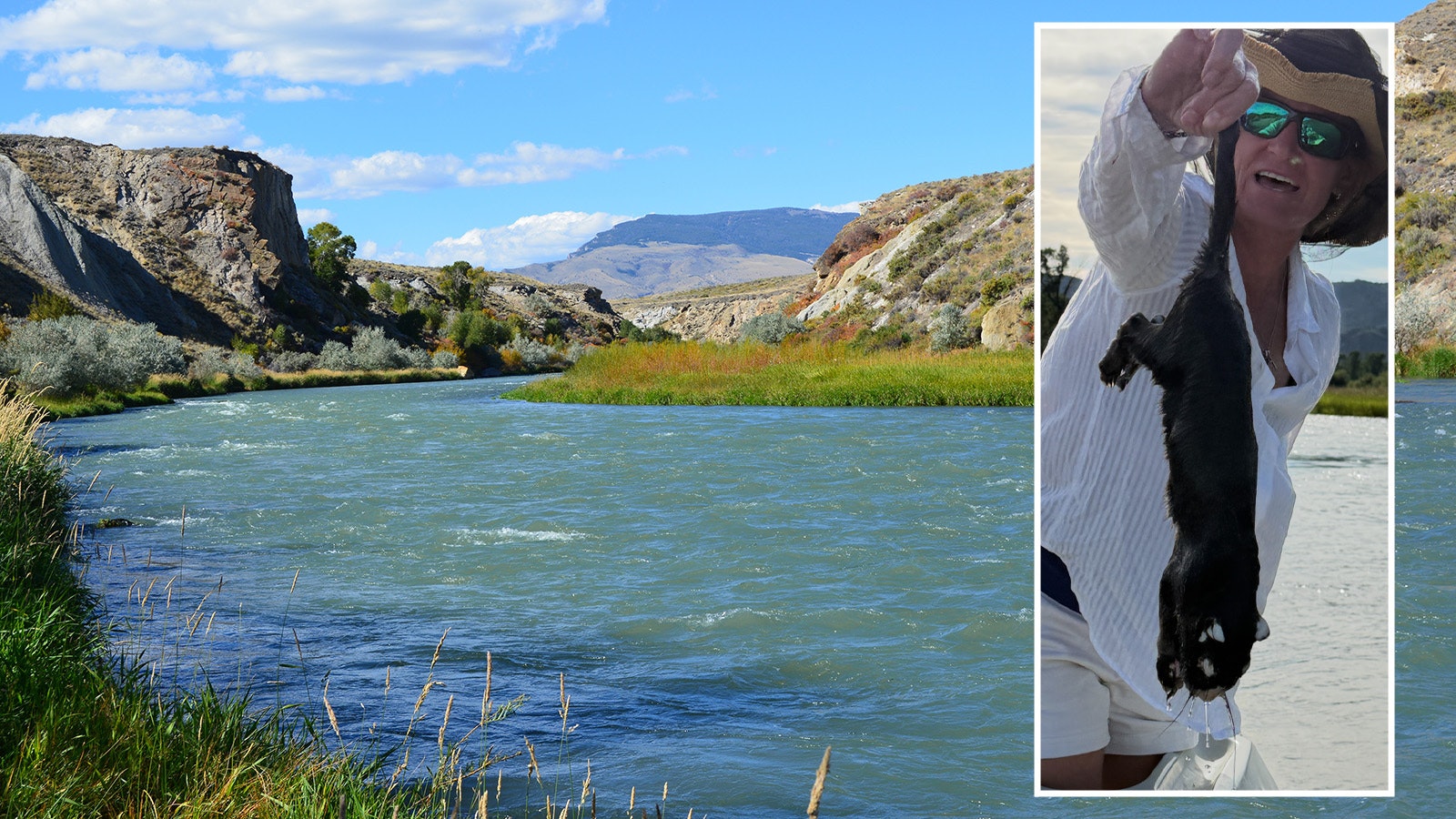With elk and moose entering the rut, or mating season, agencies reminded people to keep their distance from the beasts, as well as other Wyoming wildlife.
Past attacks demonstrate that not everybody listens.
Grizzly bears and bison are the critters tourists in Yellowstone Park are probably most frequently warned to give a wide berth.
However, a recent post on the park’s Facebook page cautioned visitors to stay away from elk.
“Always maintain a distance of at least two bus lengths, (25 yards) from elk,” the post said. “Give them room, use your zoom. Never approach or pursue animals to take their picture.”
Elk attacks are rare, but can be serious, according to records.
A March 21 Cowboy State Daily article about the records of deaths and injuries during Yellowstone’s 150 history includes an account of a woman being pummeled by an elk.

“A 53-year-old Texas woman was attacked in June 2018 by a cow elk who she surprised as it bedded down with its calf near the woman’s cabin,” the article said. “The woman attempted to quietly back away when the elk charged her, kicking her in the head and torso.”
People should also steer clear of moose, warned the Wyoming Game and Fish Department in a press release on Thursday. Bulls in particular can become aggressive as they’re seeking mates this time of year. They and other large animals might sometimes venture into towns, subdivisions or other populated areas, Game and Fish said.
Moose should be avoided any time of year; an early-season Yellowstone tourist who got off his snowmobile to try petting a moose along the trail suffered a severe beat-down. It left him with a broken leg and other injuries. A Cowboy State Daily article posted on March 24 includes a video of the attack.
Bull moose can also destroy property because of their propensity to rub their antlers on whatever they can find, Game and Fish Jackson area wildlife biologist Aly Courtemanch said in the Game and Fish press release.
“Consequently, we get reports of bull moose with a variety of things wrapped around their antlers, including fencing, hammocks, rope swings, Christmas lights, lawn furniture, and so on,” Courtemanch said.
Avoiding disaster with angry wildlife boils down to following simple rules, Game and Fish public information officer Sara DiRienzo said in an email to Cowboy State Daily.
“Never crowd or surround an animal and always allow the animal an escape route,” she said.
People should also control pets around wildlife, and make sure children know to keep their distance, she said. Those setting out to view, photograph or video critters should make sure they have binoculars, telephoto camera lenses and spotting scopes, so they can appreciate wildlife from a distance.
“Watch for changes in body language from wildlife,” she said. “It might lift its head, tilt its ears forward, stomp its feet or vocalize. Indications will also differ across individuals and across species.”





